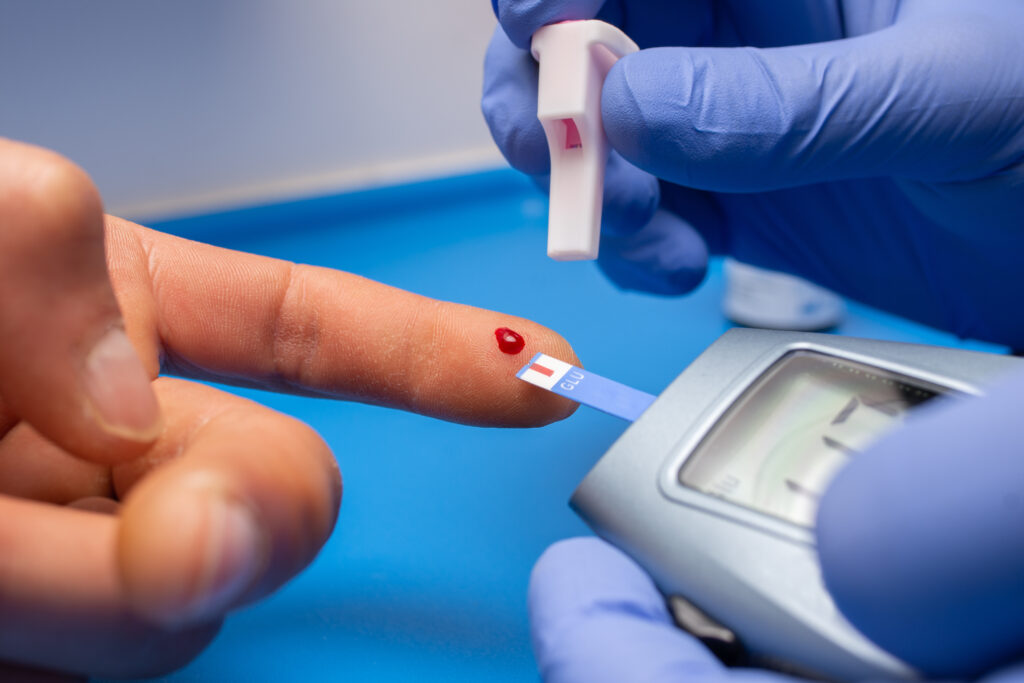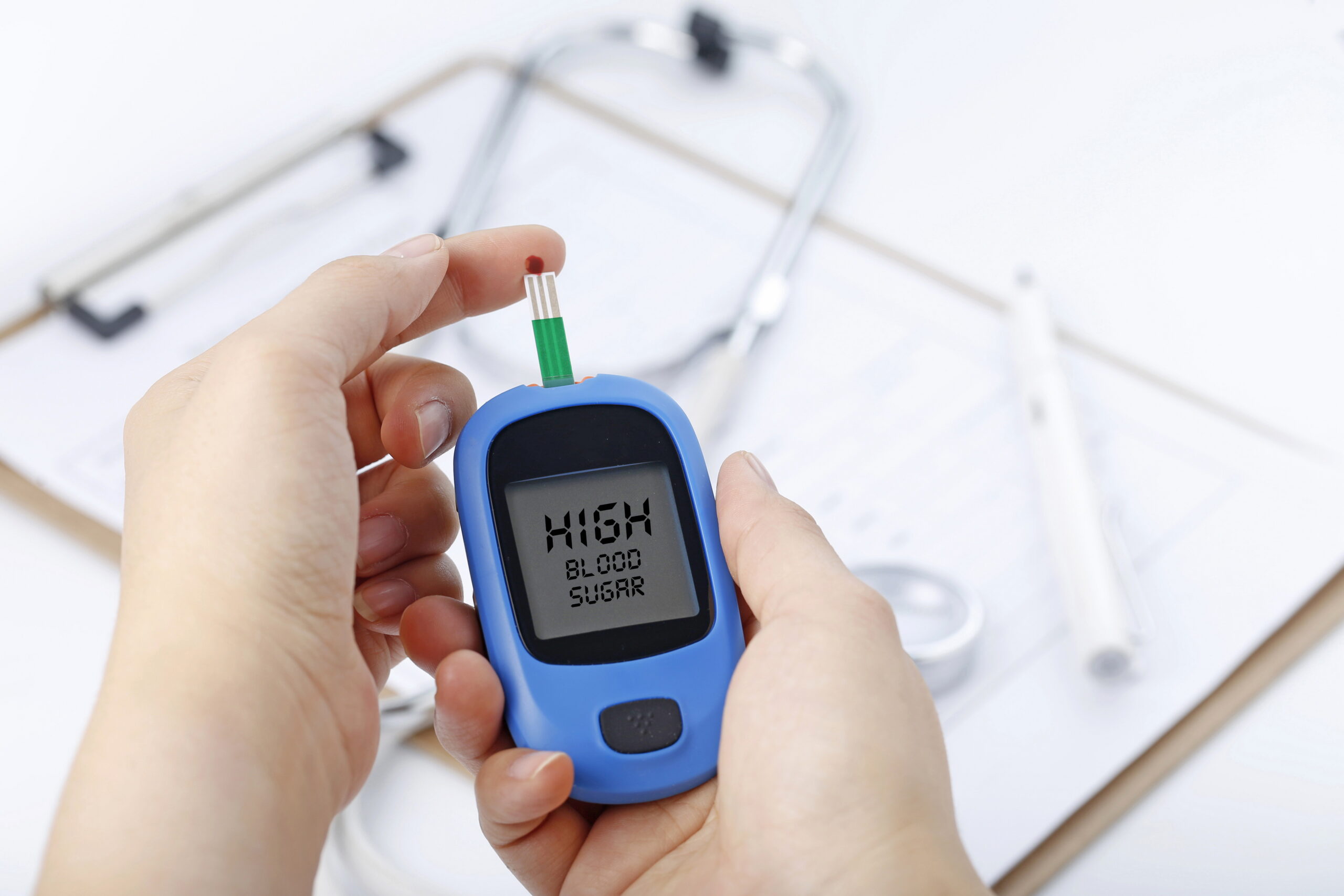Here we are going to share information on the topic “10 Mindful Practices for Effective Type 2 Diabetes Management.” It’s typical for people with type 2 diabetes to reassess and modify their treatment plan in response to evolving health demands. The cornerstones of self-care for those with type 2 diabetes are modifying their lifestyle to include regular exercise, a nutritious diet, and enough sleep.
What about mind-body techniques, though? Can they aid in the treatment or even management of type 2 diabetes? They might, according to a review of several studies that was published in the Journal of Integrative and Complementary Medicine.

10 Mindful Practices for Effective Type 2 Diabetes Management
It is crucial that you have a sense of empowerment and are prepared to discuss any concerns you may have with your doctor at any time. It might be challenging to initiate these discussions, but you will be able to speak with your doctor more candidly about treatment if you have your treatment objectives in mind and educate yourself on type 2 diabetes (like you are doing right now!).
You are the one with type 2 diabetes, even though your doctor is the medical authority. You are the expert on your own body and mind, so it’s critical that you speak up during the conversation to support your needs and desires. Arrive at each visit ready to discuss, pose questions, and work through solutions as a team.
Which mindfulness techniques were examined in this study?
- 28 papers that examined the impact of mind-body therapies on individuals with type 2 diabetes were examined by researchers. Individuals who took part in the studies did not require insulin to manage their diabetes or specific medical issues, including renal or heart disease. The following mind-body exercises were employed in the study:
- meditation-guided imagery, which involves envisioning positive images to calm the mind; yoga qigong, a slow-moving martial art akin to tai chi; and mindfulness-based stress reduction, a training program created to assist people in managing stress and anxiety.
- People’s engagement in the activities varied in frequency and duration, from once a day to multiple times a week and from four weeks to six months.
What conclusions did the study draw concerning mindfulness practices among diabetics?
Participants in the mind-body exercises saw a reduction in haemoglobin A1C levels, an important indicator of diabetes, across any duration of time. A1C levels decreased by 0.84 percent on average. The researchers found that this is comparable to the side effects of taking the first-line drug for treating type 2 diabetes, metformin (Glucophage).
A blood test that displays a person’s average blood sugar levels over the previous two to three months is used to assess A1C levels. It is regarded as normal to have a level below 5.7 percent, prediabetes to have a level less than 6.5 percent, and diabetes to have a level 6.5 percent and above.
10 Mindful Practices for Effective Type 2 Diabetes Management
What role can mind-body techniques have in blood sugar regulation?
They might be very important in lowering stress. “The opposite of the stress reaction is elicited by yoga and other mindfulness activities,” says Dr. Shalu Ramchandani, an internist and health coach at Massachusetts General Hospital’s Harvard-affiliated Benson-Henry Institute for Mind Body Medicine. “Cortisol, a stress hormone, can be reduced by a relaxing reaction. This lowers A1C levels by enhancing insulin resistance and controlling blood sugar levels.”
In addition to these benefits, a relaxation response can help diabetics avoid heart attacks and strokes by enhancing blood flow and reducing blood pressure.
10 Mindful Practices for Effective Type 2 Diabetes Management
Strategies for Managing Type 2 Diabetes Effectively”
Goals
Examine your individual objectives, such as better blood sugar regulation or weight control, and talk with your physician about how your current course of therapy might be improved.
Challenges
Talk about any problems you’ve had with your present medication, such as side effects, if you would rather take a pill or an injection (if that’s a possibility), whether it fits into your lifestyle, or whether the cost is too high. You might also inquire as to if there is a more suitable option that takes these difficulties into account, if applicable.
Lifestyle
Discuss your lifestyle and whether you would benefit more from a different course of treatment. For instance, you might require more assistance with your weight management goals even though you currently eat healthily and exercise to the best of your ability because you travel frequently for work or because you are searching for a prescription that is simple to take.
Concerns and adverse consequences
Inquire about your prescription or express any worries you may have about switching to a different one. This may entail discussing and comprehending the potential adverse effects of these drugs with your doctor, who should be able to provide you with helpful coping mechanisms. In addition, your doctor can advise you on whether to change treatments if your present one isn’t helping.
Expectations for treatment
Together with your physician, establish reasonable expectations for the course and results of any additional treatments. You can determine whether your medication is effective and maintain motivation by being aware of what to expect.
Observation
If you’re attempting a different treatment, talk about when to check in to see how it’s going. Patients with type 2 diabetes should typically visit their doctor every three to six months for an assessment and to reassess their treatment plan.
Recall that the goal of this discussion is to collaborate with your physician to choose the most appropriate course of action for you. By participating in the decision-making process, raising your voice, and asking questions, you may design a customized strategy that may help you on your path to improved health.
What further details regarding this study should you be aware of?
- These kinds of research’s findings imply, but do not prove, a connection between different mind-body techniques and decreased A1C levels. Participation levels vary greatly. However, given that every mindfulness practice they looked at had a slight but beneficial impact, the researchers proposed that these kinds of exercises may be used in diabetes management in addition to conventional lifestyle modifications.
- Could mind-body techniques, particularly for those who are at high risk, shield people against type 2 diabetes? Although this was not the intended focus of the study, Dr. Ramchandani once more emphasises the long-term advantages of the relaxation response.
- “More self-awareness and self-regulation, as well as healthier emotions, result from reducing and managing stress,” she claims. “This can result in more conscious eating, which can lower one’s risk of type 2 diabetes by battling cravings for bad foods, maintaining a nutritious diet, and making regular exercise a priority.”
Attempting mind-body techniques
Developing mind-body techniques that induce relaxation reactions can be done in a variety of ways. The following recommendations are from Dr. Ramchandani:
- Every day, use an app like Calm, Headspace, or Insight Timer to guide you in a 10-minute or longer meditation.
- Visit a nearby yoga studio or community centre to take a mild yoga, qigong, or tai chi session.
- To relieve stress and start the relaxation response, try watching films and doing exercises.
Breathe slowly and deliberately. Place one or both hands on your belly while lying on your back. Breathe in slowly and deeply until your hand lifts as air enters the lowest region of your lungs. When you inhale, your belly should rise and expand, and when you exhale, it should compress and descend. Continue for a few minutes.
Which approach to type 2 diabetes management works best?
Individuals with diabetes must maintain a healthy weight, eat a balanced diet, get more exercise each day, and take their medication even when they are feeling well. There is much to do. Although difficult, it is worthwhile!
Conclusion
10 Mindful Practices for Effective Type 2 Diabetes Management
In summary, integrating mindful practices into Type 2 diabetes therapy can improve health outcomes and greatly improve general well-being. The ten mindful activities that are covered offer a comprehensive approach, stressing the value of mindfulness in everyday routines, stress management, exercise, and nutrition. People with type 2 diabetes can better manage the difficulties brought on by their illness by cultivating a thoughtful mentality, which will enhance blood sugar control and quality of life.
By including these activities in their daily lives, one can enhance their mental and emotional fortitude in managing their diabetes, in addition to their physical well-being. In the end, practicing mindfulness cultivates a positive effect on people’s overall experience managing their diabetes by enabling them to play an informed and active part in their health journey. Some of the food may lead to the diabetes type 2 condition

Frequently asked questions
10 Mindful Practices for Effective Type 2 Diabetes Management
What is the best advice for managing type 2 diabetes?
Answer: Engage in physical activity most days. Check your blood sugar frequently. Take your medications as directed, even if you’re feeling well. Discover techniques for stress management.
What are 5 main treatment options for type 2 diabetes?
Answer:
- Part of the management of type 2 diabetes is consuming a healthy diet.
- Frequent physical activity.
- Reduced weight.
- insulin treatment or diabetes medicine, maybe.
- blood sugar observation.
How can I control my type 2 diabetes quickly?
Answer: Exercise. Increasing physical activity can help with diabetes, but exercise alone might not be enough to help you lose enough weight to enter remission. Exercise does, however, aid when paired with dietary adjustments. A modest reduction in calories and a significant increase in caloric expenditure may put you on the road to remission.
How can type 2 diabetes be treated with a diet?
Answer: Diabetes risk can be decreased and glycemic control and blood lipids can be improved in patients with diabetes by following diets high in whole grains, fruits, vegetables, legumes, nuts, and moderate alcohol consumption. Diets low in refined grains, red or processed meats, and sugar-sweetened beverages should be avoided.
What is the new treatment for diabetes in 2024?
Answer: An advanced insulin pump transforms the treatment of type 1 diabetes.
This is an algorithm-based automatic insulin dosage system that determines how much insulin to give you.

